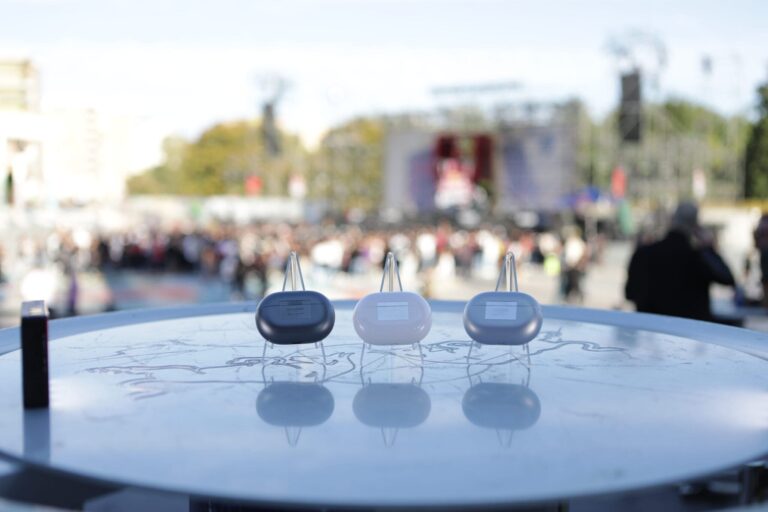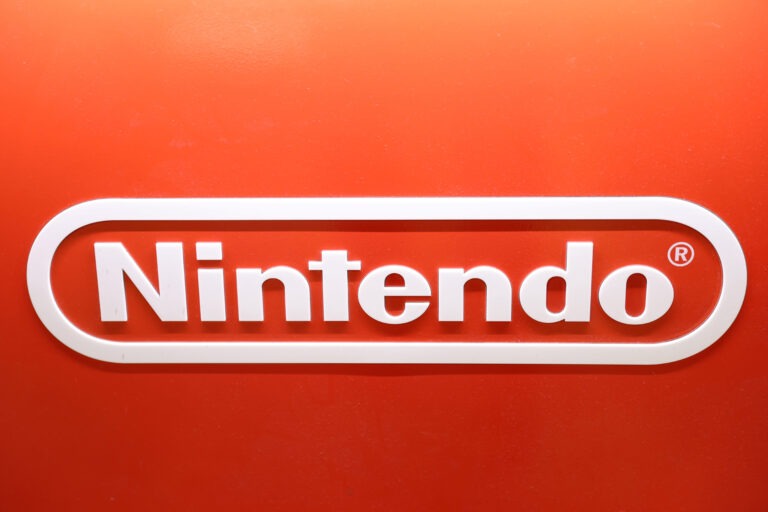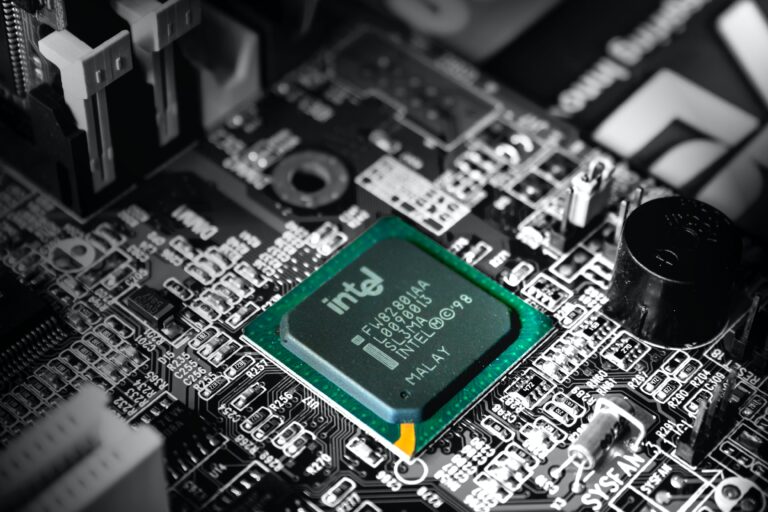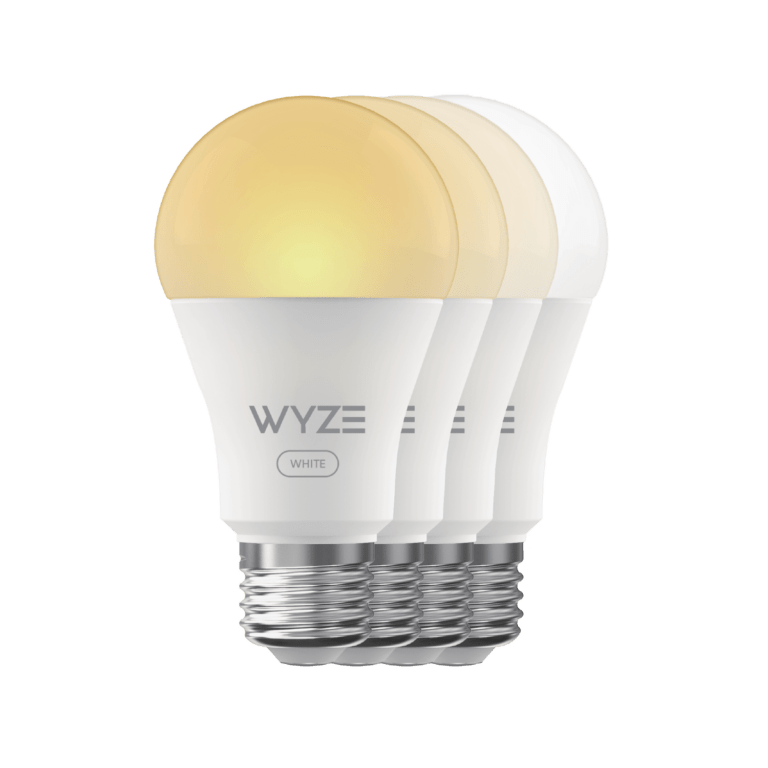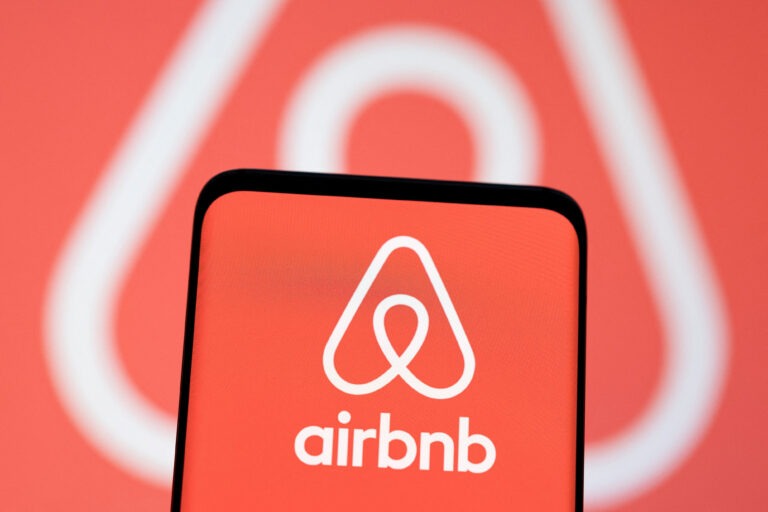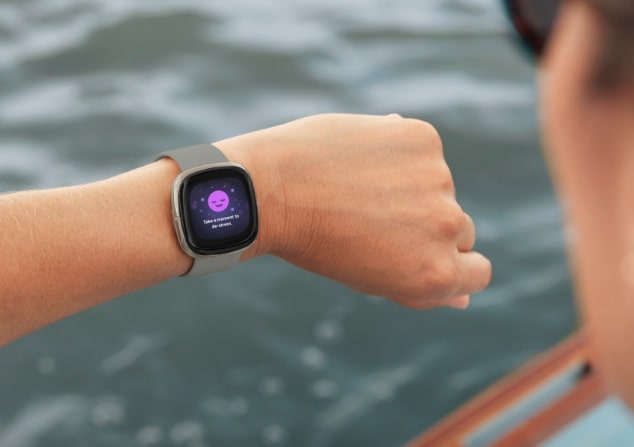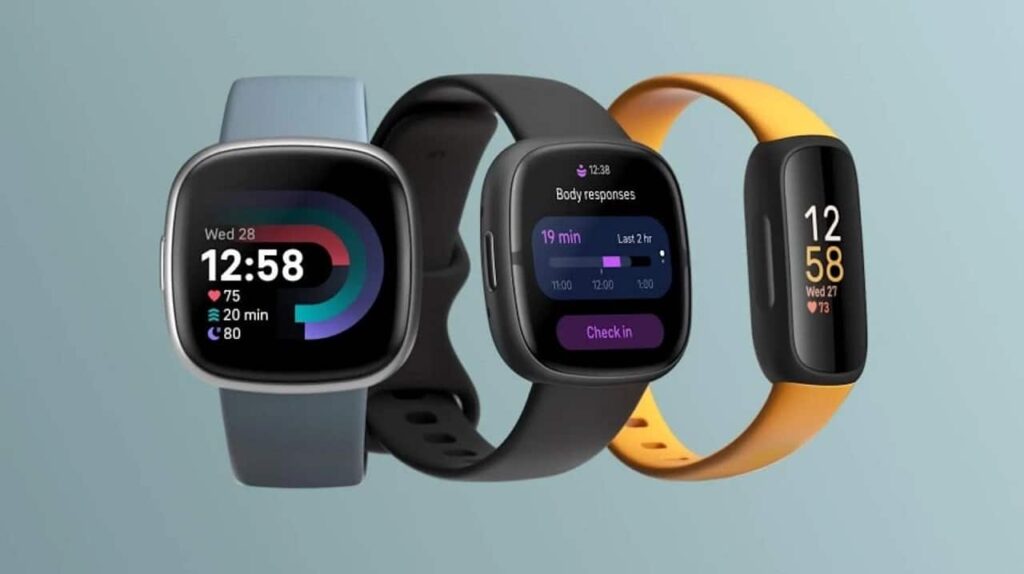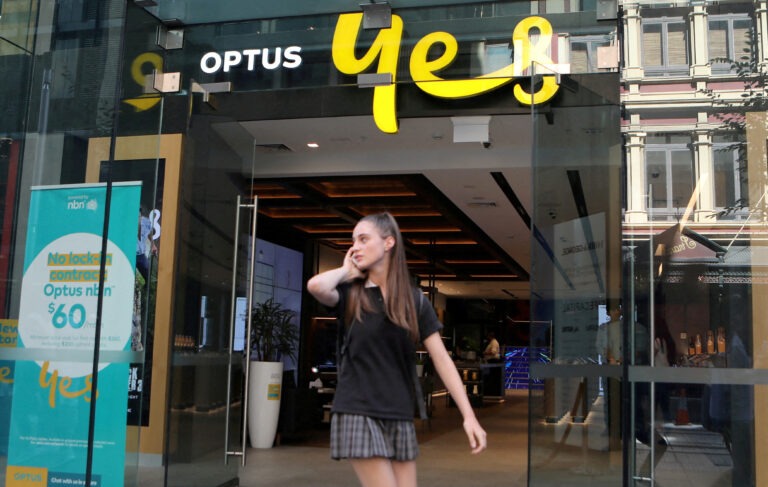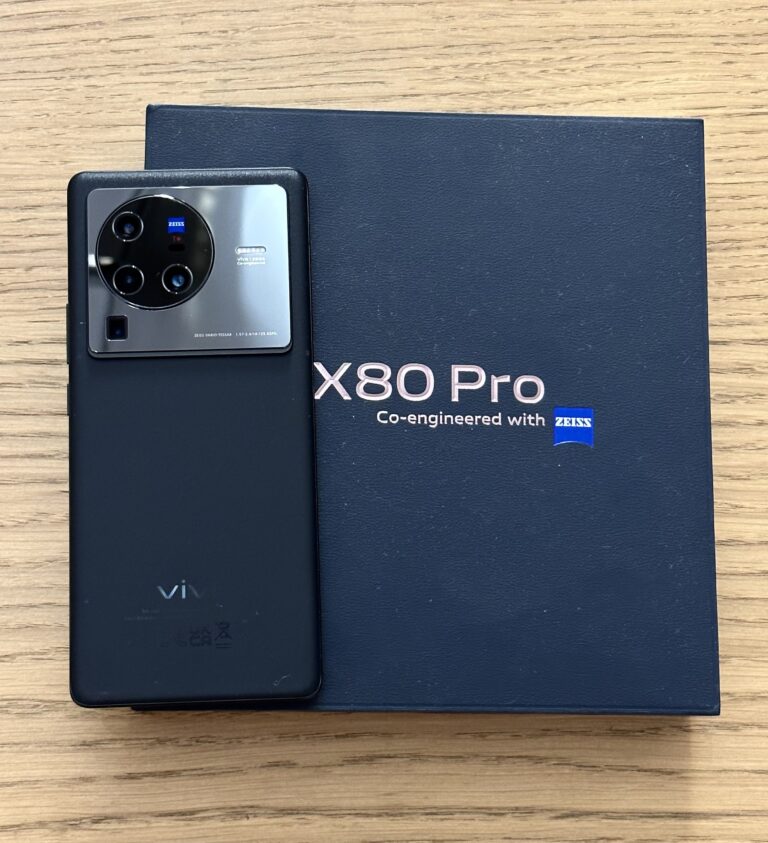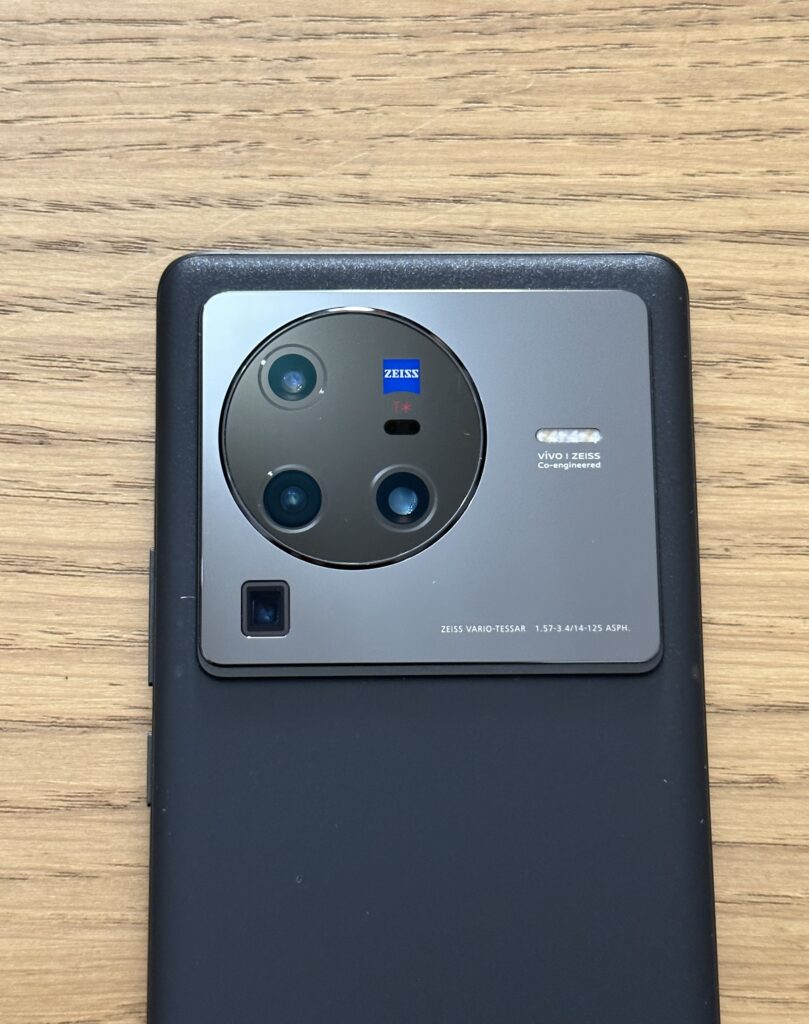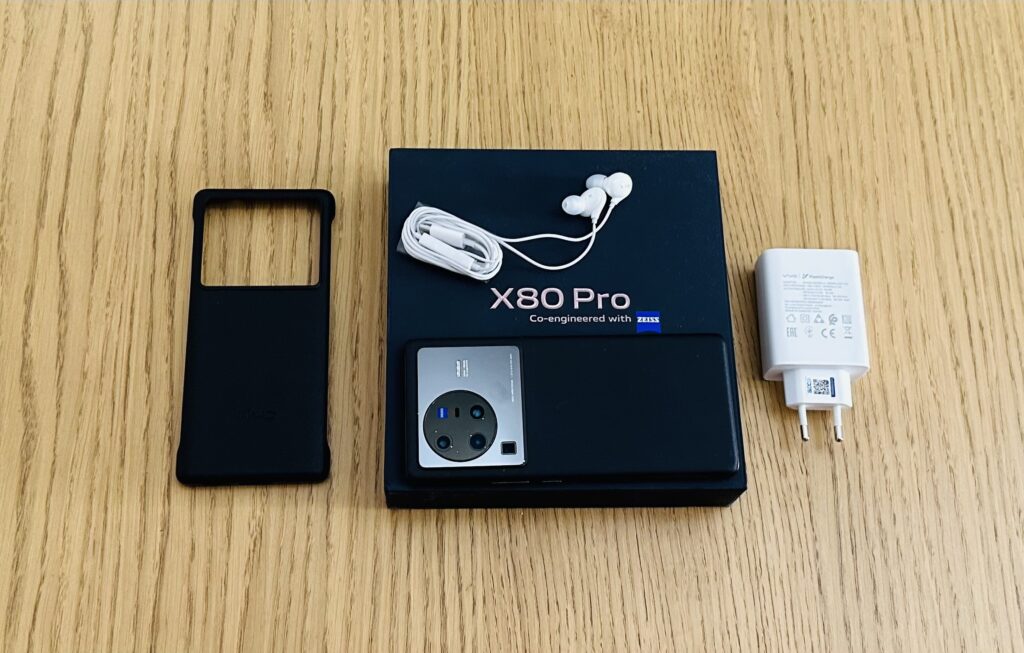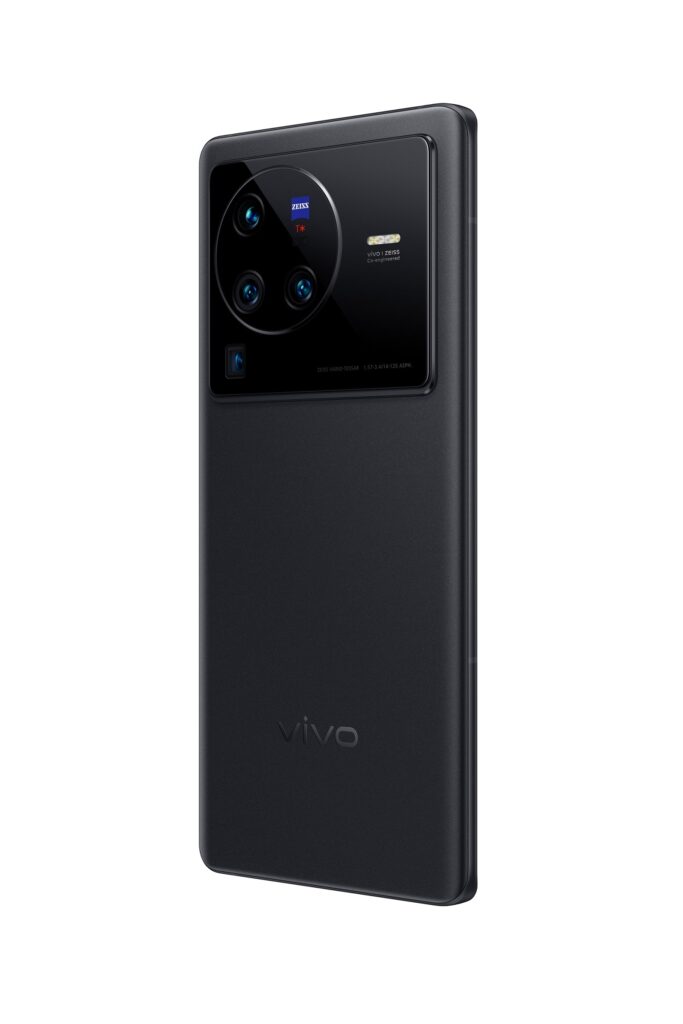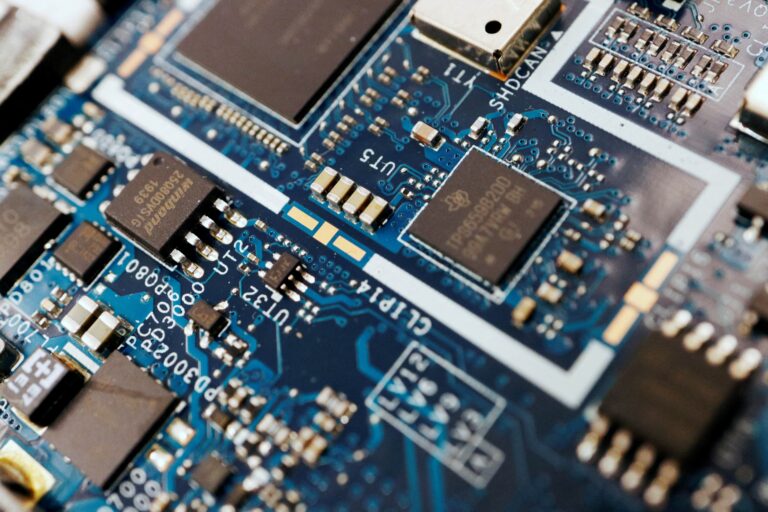As with smartphones, being able to stand out in a sector that is far too rich in models and duplicates like that of true-wireless earphones is increasingly more complicated. The differences are obviously there, and they are very clear, so much so that they divide the products into different ranges. When it comes to sound reproduction, comfort, lightness and ease of use in the field of earphones, the industry benchmarks are Sony, Apple and Samsung (excluding Sennheiser, Teufel and the other brands that stand out in terms of audio technology). Having previously succeeded with a few models, Huawei has to join the trio as mentioned above again because the FreeBuds Pro 2 are an excellent product for listening to music and making and answering calls.
Quality and comfort
It is not the most compact model nor the lightest on the market (12 grams is the weight of the two earbuds, while the case weighs in at 55 grams). However, the ergonomic design that facilitates stability even in dynamic situations (such as when running), the comfort with which they fit in the ear and the IP54 certification for resistance to dust and liquids are good starting points for understanding the good work done by Huawei. Comfortable to carry in trousers or jacket pockets, the FreeBuds Pro 2 impressed me with the speed with which they pair with the smartphone.
In the first test with Huawei’s P50 Pro smartphone, the pairing was immediate: with the AI Life app already downloaded, all I had to do was open the case with the earphones inside, lightly press the only button on the left side of the case, and within moments the FreeBuds were ready to use. I thought the speed was exclusive to the Chinese company’s smartphones, but the result was the same even with the iPhone 14 and MacBook Air. Another positive note is the multipoint support, with the possibility of connecting the earphones simultaneously to two devices, thus facilitating the transition from smartphone to PC or between two other devices.
One of the best noise-cancelling earbuds
Apart from the technical specifications, the highlight of the earphones is the active noise cancellation, which works excellently. To be sure, I tested the FreeBuds in this mode at Roma Termini, the Italian capital’s main railway station, where passengers wait for their train to arrive on one of the 25 platforms. It was a very crowded and boisterous environment, where the shouting, people’s voices, and continuous megaphone announcements about the movement of trains were muted while I listened to some of my favourite tunes (at a higher-than-average volume, of course).
One test, however, is not enough, so during a short tour of Naples, I used the FreeBuds Pro 2 between Parco Ventaglieri, an area where gardens alternate with terraces offering a panoramic view of the highs and lows of the city, and the Pignasecca market, where among the fish and fruit stalls animated by the local yellers I repeatedly had the perception of watching excerpts from a silent film, because they moved their mouths but I could not hear their words, covered by my music.
Also tested several times on trains and planes (where they proved to be a valuable ally against the cries of a nearby baby), these earphones passed the test with flying colours. The credit for this goes to the three built-in microphones, which generate effective frequencies to cancel out external action together with the algorithm. Via the Huawei AI Life app, you can choose which ANC mode to adapt according to the situation: Dynamic automatically adjusts the reaction to background noise, Comfortable is ideal for low-noise environments, General for noisy contexts and Ultra for boisterous places. The alternative mode to ANC is Aware, which is useful for not losing contact with your surroundings and allows you to amplify the voices of those nearby so that you can understand them well and avoid misunderstandings with others.
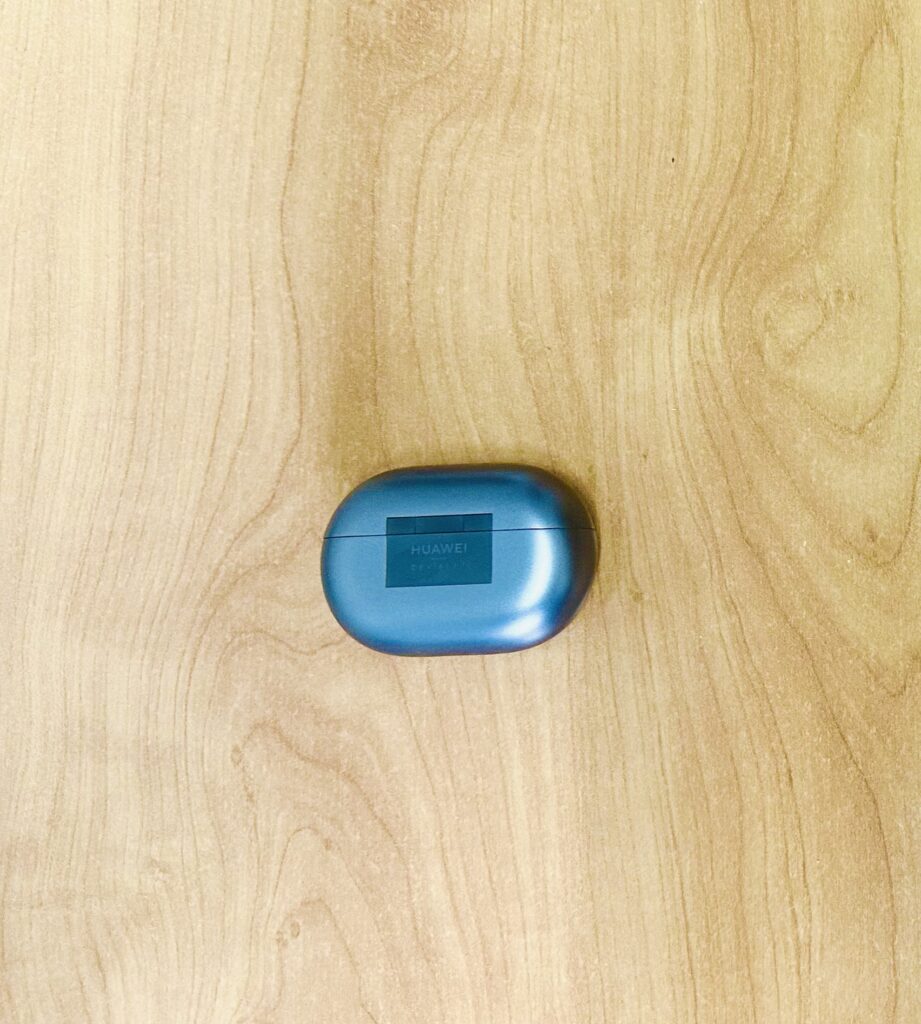
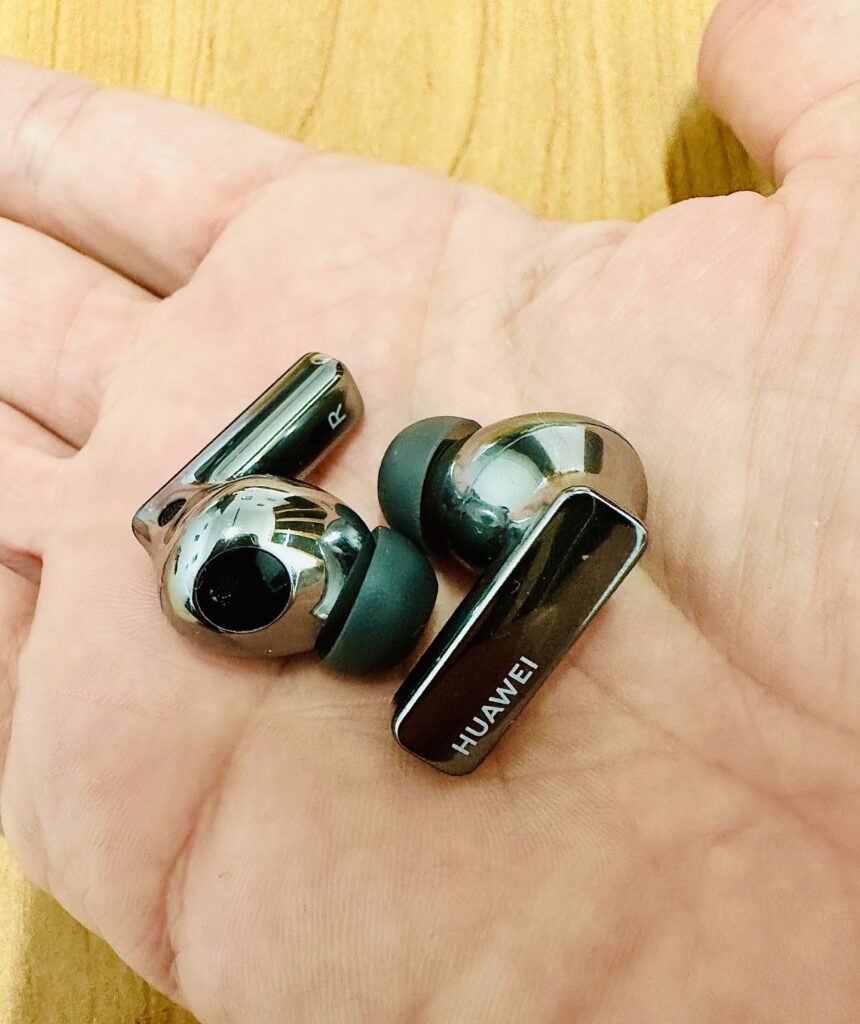
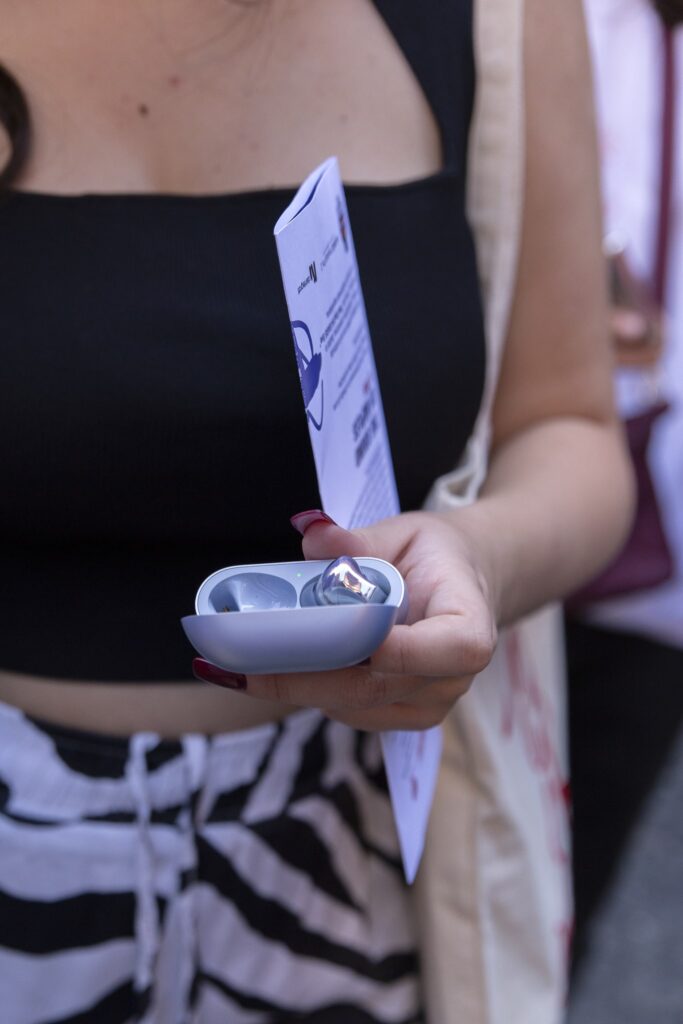
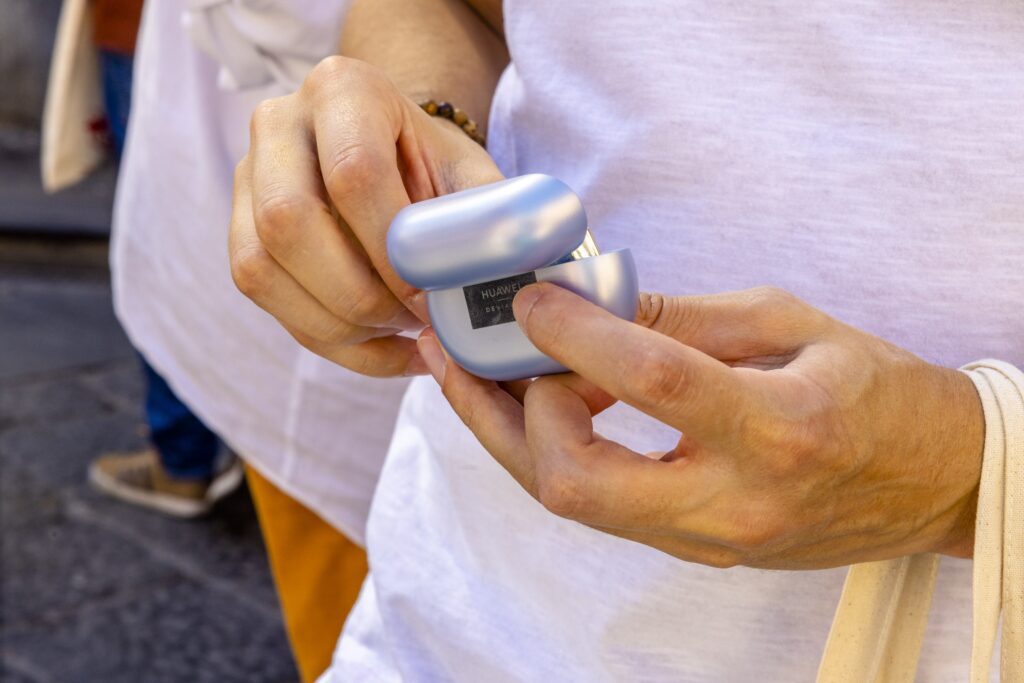
To manage the earphones, there are touch controls via swipe or by just touching the small rods. The default controls are single-click to play and pause the music stream, double-click to skip to the next track, and triple-click to the previous track, while a long press activates ANC/Aware, and a swipe allows volume adjustment. The recommendation is to use the AI Life app, which allows much more options.
In addition to the fit test to understand how to place the earphones in the ear and learn in detail how to use gestures, with the app, you can change the noise control and deactivate ANC/Aware; you can opt for the low latency audio mode and the intelligent earphone detection that automatically interrupts playback when we take the headphones out of our ears. You can also find your possibly lost earphones by having them play a sound and vary the audio effects by choosing whether to have the bass boosted or the other frequencies louder, to favour voice or to set the sound to your liking.
Having said that, the FreeBuds Pro 2 is compatible with both Siri and Google Assistant; the autonomy is around 4 hours with ANC active. The actual duration then changes depending on the volume level and the activated modes, while the case with the built-in 580 mAh battery adds another 18 hours of listening time with ANC active, which becomes 30 hours if ANC is deactivated. Like many other high-end models, the Huawei earphones recharge from 0 to 100 per cent via cable in just over 35 minutes.
To buy them or not? Yes, definitely
Available in three colours, Ceramic White, Silver Blue and Silver Frost, the FreeBuds Pro 2 are on sale for €199 (there is also the option of buying in three instalments of €66.63) with the SoundStone Portable Bluetooth speaker for free. The price is lower than Samsung Buds 2 Pro and AirPods Pro, but the quality is very high, in some respects even better than the competitors. One example is the audio on calls, which is very clean even in windy or particularly noisy surroundings. That’s why the FreeBuds Pro 2 are an ideal solution that I would recommend for anyone looking for high-quality earphones.



